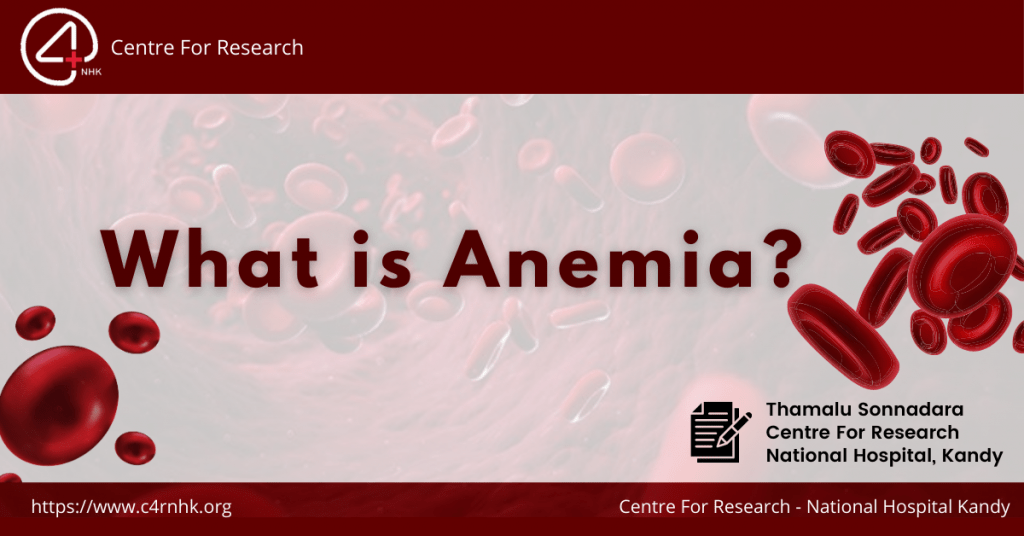Urinary MicroRNA Analysis Indicates an Epigenetic Regulation of Chronic Kidney Disease of Unknown Etiology in Sri Lanka.
Thanuri Edirithilake 1, Nishantha Nanayakkara 2, Xiao Xiao Lin 3, Patrick J Biggs 4 5, Rohana Chandrajith 6, Sampath Lokugalappatti 1, Saumya Wickramasinghe 1 7
1 Department of Basic Veterinary Sciences, Faculty of Veterinary Medicine and Animal Science, University of Peradeniya, Peradeniya 20400, Sri Lanka.
2 Nephrology and Transplant Unit, Teaching Hospital Kandy, Kandy 20000, Sri Lanka.
3 Massey Genome Service, School of Natural Sciences, Massey University, Palmerston North 4442, New Zealand.
4 Molecular Epidemiology & Public Health Laboratory (mEpiLab), Infectious Disease Research Centre, School of Veterinary Science, Massey University, Palmerston North 4442, New Zealand.
5 School of Natural Sciences, Massey University, Palmerston North 4442, New Zealand.
6 Department of Geology, Faculty of Science, University of Peradeniya, Peradeniya 20400, Sri Lanka.
7 Department of Food Science and Technology, University of California Davis, Davis 95616, USA.
Abstract
Background: Chronic kidney disease of unknown etiology (CKDu) is reported among male paddy farmers in the dry zone of Sri Lanka. The exact cause of this disease remains undetermined. Genetic susceptibility is identified as a major risk factor for CKDu.
Objectives: In this study, small urinary RNAs were characterized in CKDu patients, healthy endemic and non-endemic controls. Differently expressed urinary miRNAs and their associated pathways were identified in the study population.
Methods: Healthy and diseased male volunteers (n=9) were recruited from Girandurukotte (endemic) and Mawanella (non-endemic) districts. Urinary small RNAs were purified and sequenced using Illumina MiSeqTM. The sequence trace files were assembled and analyzed. Differentially expressed miRNAs among these three groups were identified and pathway analysis was conducted.
Results: The urine samples contained 130,623 sequence reads identified as non-coding RNAs, PIWI-interacting RNAs (piRNA), and miRNAs. Approximately four percent of the total small RNA reads represented miRNA, and 29% represented piRNA. A total of 409 miRNA species were expressed in urine. Interestingly, both diseased and endemic controls population showed significantly low expression of miRNA and piRNA. Regardless of the health status, the endemic population expressed significantly low levels of miR-10a, miR-21, miR-148a, and miR-30a which have been linked with several environmental toxins.
Conclusion: Significant downregulation of miRNA and piRNA expression in both diseased and healthy endemic samples indicates an epigenetic regulation of CKDu involving genetic and environmental interaction. Further studies of specific miRNA species are required to develop a miRNA panel to identify individuals susceptible to CKDu.
Keywords: CKDu; Urinary; epigenetics; miRNA; piRNA; sequencing.
![]()




